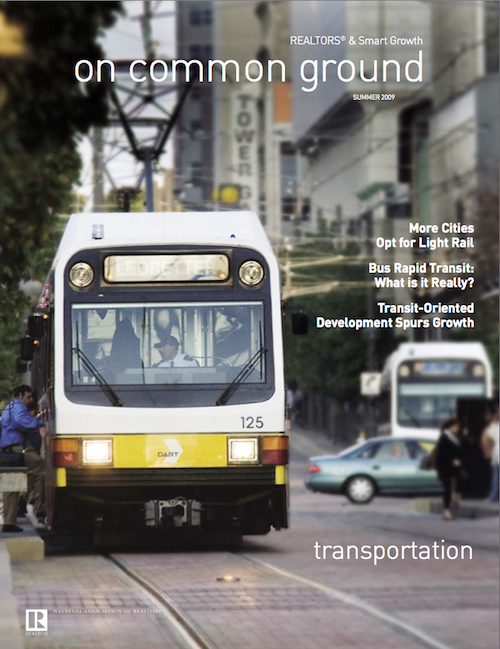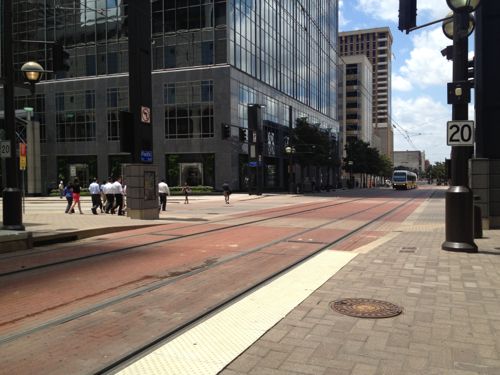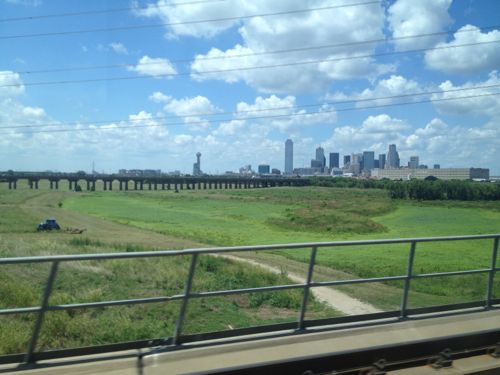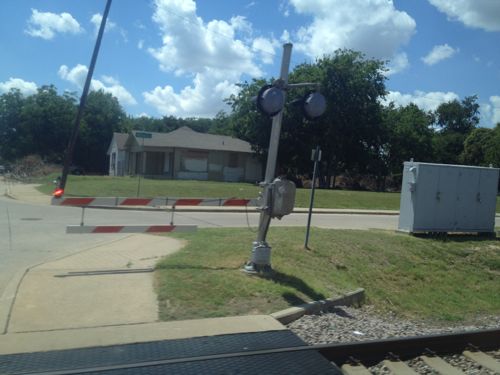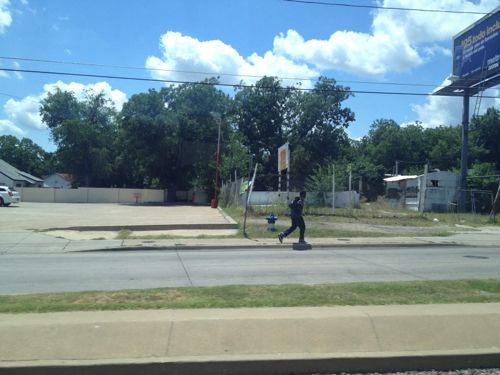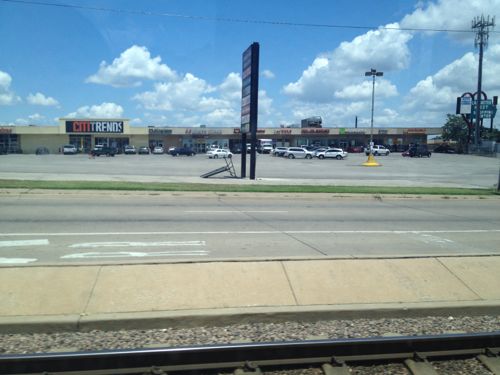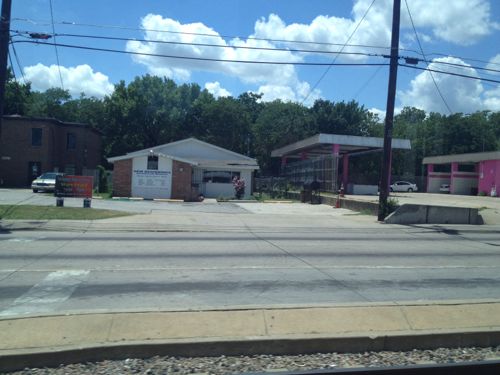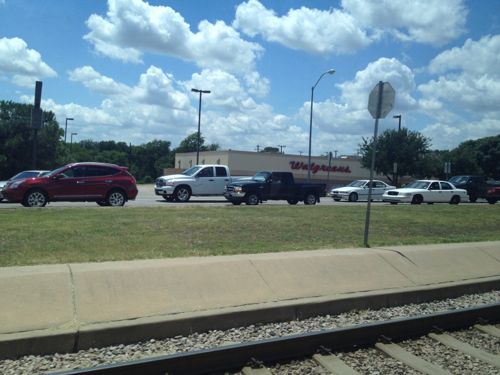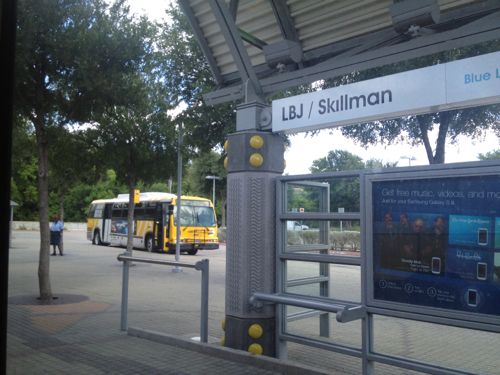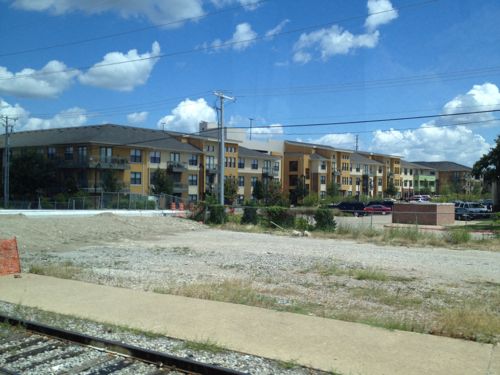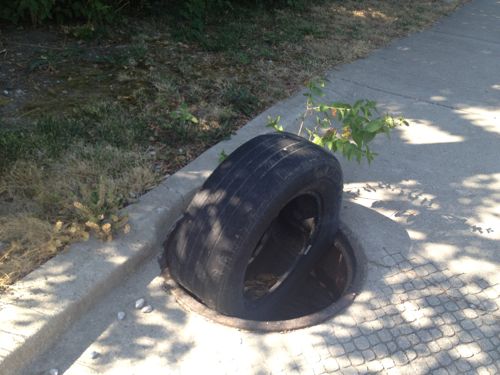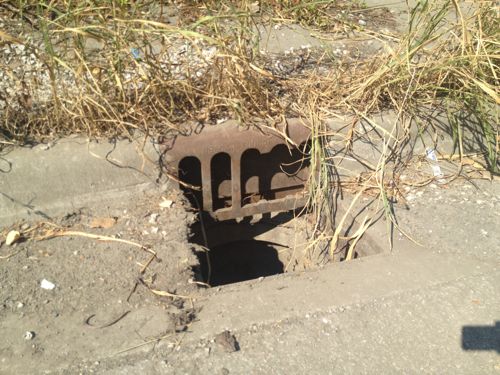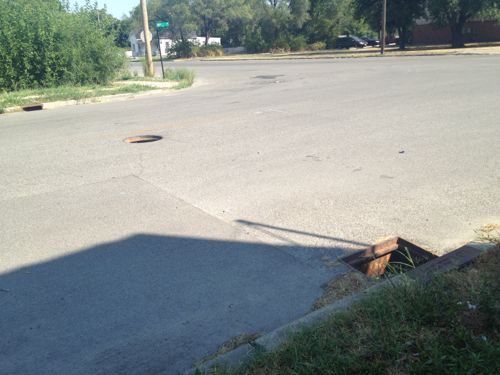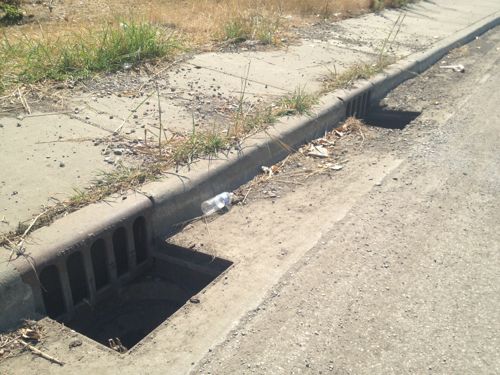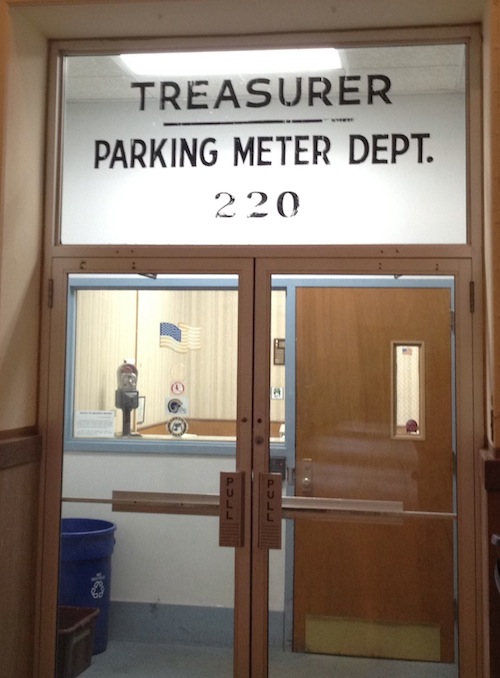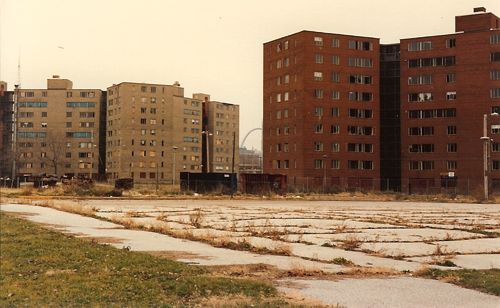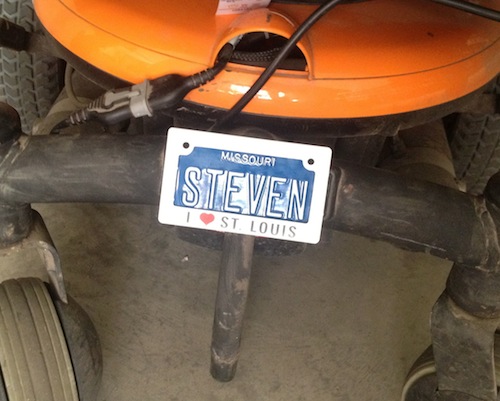Readers Unwilling To Subscribe To Expected stltoday.com Paywall
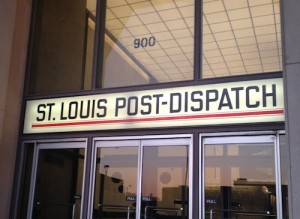 In the poll last week more than half the readers indicated they wouldn’t subscribe to
In the poll last week more than half the readers indicated they wouldn’t subscribe to
Q: Will You Subscribe If stltoday.com (Post-Dispatch) Creates A Pay Wall?
- No 107 [60.11%]
- Yes, I’d pay up to $25/year for online access 18 [10.11%]
- Yes, I’d pay up to $50/year for online access 15 [8.43%]
- Yes, I’d pay up to $10/year for online access 14 [7.87%]
- I subscribe to the physical paper. 14 [7.87%]
- Yes, I’d pay more than $75/year for online access 4 [2.25%]
- Yes, I’d pay up to $75/year for online access 3 [1.69%]
- Unsure/No Opinion 3 [1.69%]
But some are willing to pay. After the poll closed I began looking at other Lee Enterprises newspapers to see what kind of subscription plans they offered their readers.

The Arizona Daily Star offers a plan that comes out to $48/year, but this sounds like a way to view the printed paper online. I clicked through a number of articles on azstarnet.com and didn’t get hit will a wall notice.
The Missoulian in Montana is different, it does have a paywall. As noted below in their Digital Subscription FAQ, you can view 15 articles for free in each 30 day period. So non-subscribders aren’t totally shut out:
What is a digital subscription? What do I get when I subscribe?
To get unlimited access to missoulian.com, you’ll need an online subscription. When you subscribe, you’ll get unlimited access to articles, breaking news, photo galleries, blog posts, reader comments, Missoulian archived articles and more. All visitors are able to view 15 pages FREE during any 30-day period (not calendar). Exceeding that amount will result in the need for a digital subscription to continue enjoying missoulian.com’s suite of articles and tools. For more information on the recent changes to missoulian.com, please read the letter from our editor and publisher.
If I have multiple computers at my residence or place of work, do I need to purchase multiple digital subscriptions?
No. You will be provided a username and password to access missoulian.com at your residence, at work, on the go, at a library, wherever. It is this ease of access that allows our customers to obtain news and information instantly, anywhere by logging in with your username and password.
If I already subscribe to the print version of the Missoulian, do I receive a discount to my digital subscription?
Yes. Customers who already subscribe to the Missoulian print edition will receive a hefty discount to their online subscription. Enmeshing the functionality of missoulian.com’s online tools with the print version’s tactile appeal creates a news and information one-two punch unmatched by any other local news medium. For more specific pricing information, click here.
Is my digital subscription exclusive to missoulian.com, or does it include online access to other Lee newspapers?
The subscription package does NOT include access to the other Lee news websites in Montana and Wyoming.
What about viewing missoulian.com articles on my mobile phone? Do I need a digital subscription for that?
No. Mobile-optimized versions of our website and mobile apps do not limit the number of articles you can view. Click here for more information regarding our suite of mobile offerings.
Each time I clicked the link to view the rates I got a “403 Forbidden” error message, not a good way to sell digital subscriptions. So I looked at the Billings Gazette. Very similar to the Missoulian, but only 10 pages are free in any 30 day period before having to pay. I tried the rate button in two different browsers and got nothing.
I actually want to pay the Post-Dispatch something every year because I do get value from the news they provide. Many are cynical but I think we’d be much worse off if the daily “paper” didn’t exist.
— Steve Patterson
